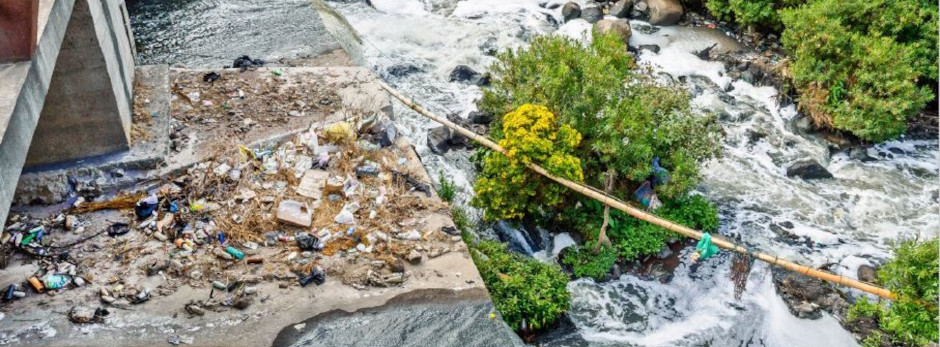South Africa has not grasped the true value of its water resources, and the country will soon face a deficit as a result. The answer lies in effective water stewardship, which must address water pollution alongside a range of other challenges.
According to Dr Andrew Wood, partner and principal consultant in water management at SRK Consulting, the country's under-valuing of water is reflected in its generally wasteful per capita consumption levels. Addressing the Rad Water Forum, Wood noted that South Africa's domestic water use levels of 235l/person/day compared poorly with international targets and performance of around 110l to 150l. This is exacerbated by further losses of about 40% of the treated water supply due to municipal leaks and unaccounted water use.
"Historically, we have not appreciated the real value of water - it has been wasted and abused. Gauteng has basically runout of water, while the demand for essential water services escalates daily," said Wood.
Pollution problem
Eroding the available levels of our water resources is the growing impact of pollution, which is placing the quality of water in our rivers and dams under risk. This implies an added cost to the country, as this poor quality water has to be treated before it can be used.
This drivers of this pollution are both natural and man-made. Natural drivers include drought and floods, while earthquakes (including mine induced subsidence), fire, wind and sinkholes can damage water infrastructure, affecting water supply and contributing to pollution. Among the many human factors are growing populations and economies, which continuously increase pressure on limited water resources and contribute to wastewater and land pollution loads.

